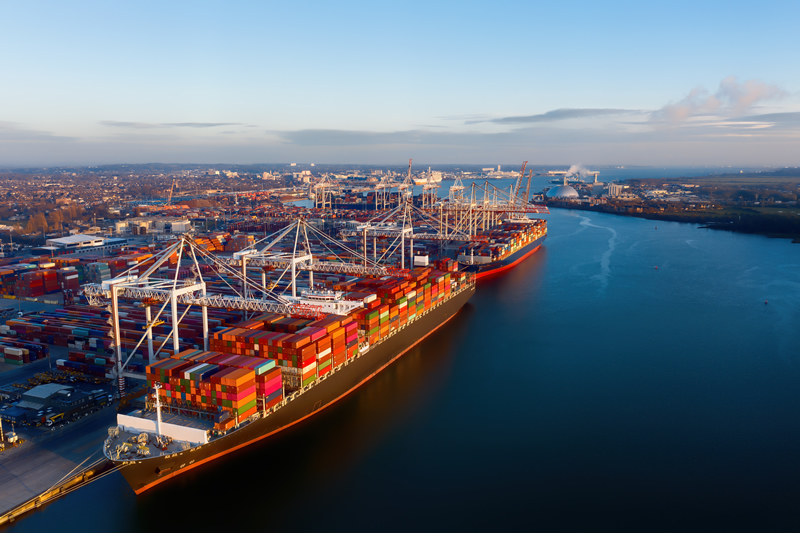GHG Emissions At Ports On The Rise Despite Initiatives
7
A new study has revealed that greenhouse gas (GHG) emissions at major global ports are still rising, despite advances in technology and sustainability initiatives. The report, titled “Quantifying Port Carbon Footprints: Container Vessel Emissions Analysis in Major Global Terminals,” analyses emissions from container shipping operations at key ports in Europe, North America, and Asia. It shows that factors like port congestion and operational inefficiencies significantly affect emissions levels.

Among the findings, Shanghai port topped the emissions list with 140,000 tons, more than Singapore, even though it handled fewer vessels. This highlights that emissions are not solely tied to vessel numbers. U.S. ports experienced particularly high emissions and congestion in early 2025, due to a surge in shipping volumes ahead of new tariffs. Meanwhile, Singapore demonstrated that innovations like Digital Twin technology can help reduce emissions even under heavy traffic.
Additionally, ports around the world are adopting initiatives to reduce their emissions. For instance, earlier this month, the Port of Rotterdam Authority launched Carbonbid, a new sustainability initiative aimed at supporting companies in the port area to reduce greenhouse gas emissions. The report emphasises that elements such as port layout, terminal capacity, vessel dwell times, and idle engine use are major emission drivers. Furthermore, the study underscores the need for smarter, more efficient port operations to reduce environmental impact.
The VesselBot report also finds that port congestion and operational inefficiencies have a substantial impact on greenhouse gas (GHG) emissions. U.S. ports recorded the highest congestion levels in January and February 2025, alongside record-breaking container volumes and related emissions. This surge was largely attributed to preemptive shipping in anticipation of new tariffs.
The report underscores the complex relationship between port activity and emissions, While an increase in vessel traffic typically results in higher emissions, our data shows that operational performance and efficiency are critical factors in managing environmental impact. The study uses a combination of vessel geospatial tracking, operational data, and cargo volume metrics to calculate container vessel GHG emissions. It also highlights how port design, terminal capacity, vessel dwell times, and engine use during idling periods significantly affect emission levels, offering a more nuanced view than simply counting vessel movements.
The need to demonstrate environmental responsibility is key for today’s marine and offshore industries. For more information on our Marine Emissions systems please visit https://www.protea.ltd.uk/marine
#Protea #Emissions #Monitoring #CEMS #FTIR #Gas #Analysers #Shipping #Marine #Carbon #Capture
Other Articles
Global Underground CO2 Storage Data Offers Hope Amid Rising Emissions
01
IMO Postpones Adoption Of Global Net-Zero Shipping Framework
04
Pioneering Carbon Capture Projects Ready For Construction
03
Methanol & Ammonia Deemed Ready As Zero-Emission Shipping Fuels
01
Carbon Capture Storage Reaching A Turning Point In Decarbonisation
13
CCS To Capture 15% Of Shipboard Carbon Emissions By 2050
29
Global Shipping Industry Struggles To Navigate Net Zero Transition
21
Carbon Capture Surges as Economics Policy & Industry Demand Align
14
Carbon Capture Utilisation & Storage In A Nutshell
30